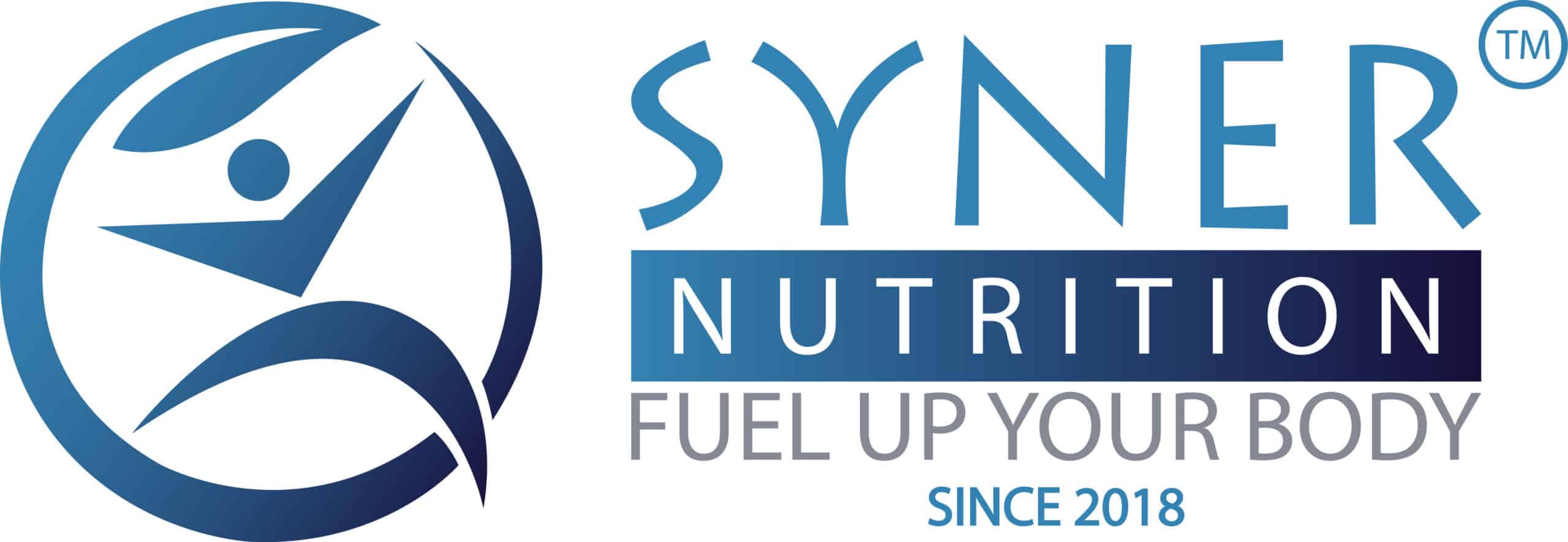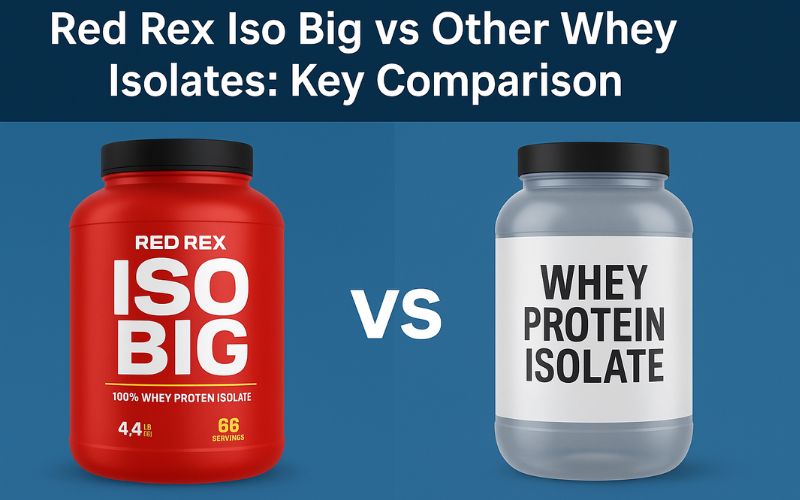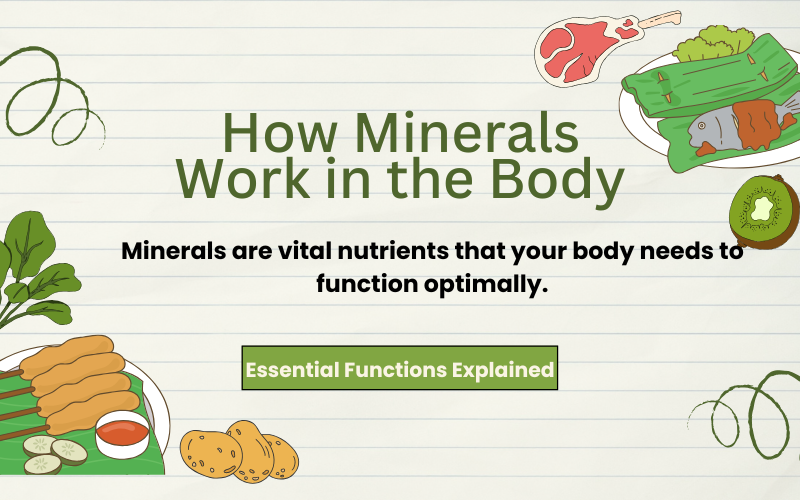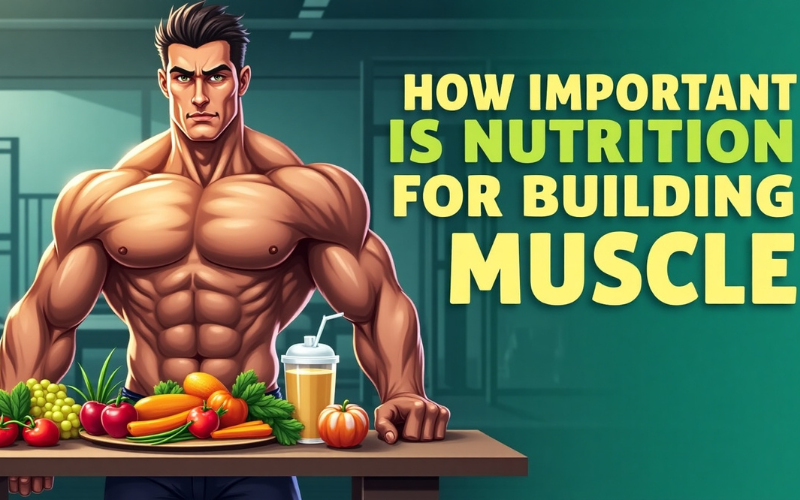Fat-Burning Weight Workout: Torch Calories and Sculpt Your Body
Losing fat and building lean muscle isn’t just about cardio anymore. Weight training, once reserved mostly for strength-building, is now widely recognized as one of the most effective methods for long-term fat loss. If your goal is to torch calories, increase metabolism, and reshape your body, a fat-burning weight workout might be the missing piece in your fitness journey.
Let’s dive into why weight training is a fat-burning powerhouse, how it works, and the best workout structure to get real results.
Why Weight Training Burns More Fat Than Cardio Alone
Weight training does more than build muscle — it activates your body’s metabolic engine. When you lift weights, especially in a structured, compound-movement-focused routine, your body burns calories during and long after the workout is over.
This phenomenon is called EPOC (Excess Post-Exercise Oxygen Consumption). After a tough weight session, your body uses more oxygen to recover, which means you continue to burn calories for hours — sometimes even up to 48 hours post-workout.
Additionally, muscle tissue burns more calories at rest than fat tissue. So, by increasing your lean muscle mass, you’re boosting your resting metabolic rate — helping you burn more calories all day long.
How to Structure a Fat-Burning Weight Workout
To maximize fat loss and muscle definition, your workouts should combine compound lifts, moderate rest intervals, and progressive overload. Here’s how to set up a plan that works:
1. Choose Compound Movements Over Isolation Exercises
Compound movements engage multiple muscle groups at once, which increases calorie expenditure and improves overall functional strength. Focus on these foundational lifts:
- Squats
- Deadlifts
- Bench Press
- Bent-Over Rows
- Pull-Ups or Lat Pulldowns
- Overhead Shoulder Press
These exercises target major muscle groups and stimulate hormone production (like testosterone and growth hormone), which helps with both muscle gain and fat loss.
2. Keep Rest Periods Short and Intense
To keep your heart rate elevated and calories burning, aim for 30 to 60 seconds of rest between sets. This method mimics the metabolic impact of high-intensity interval training (HIIT) but with weights — often referred to as metabolic resistance training.
This combination of strength and cardio elements helps your body continue burning fat while maintaining muscle.
3. Incorporate Supersets and Circuits
Instead of traditional straight sets sets of squats with rest in between), try pairing exercises into supersets or circuits. For example:
Superset Example:
- Deadlifts x 10
- Push-ups x 15
Rest 30 seconds, repeat for 3 rounds
Circuit Example:
- Squats x 12
- Pull-ups x 10
- Dumbbell Press x 12
- Kettlebell Swings x 20
Rest 60 seconds, repeat 3-4 rounds
These setups elevate the intensity and help burn more fat per session.
4. Train 3-4 Times a Week
Consistency is key. Aim for three to four weight training sessions per week, targeting different muscle groups or doing full-body routines. Allow at least one rest or active recovery day in between for proper muscle recovery.
5. Don’t Ignore Progressive Overload
To continue burning fat and gaining strength, gradually increase the challenge. This can be done by:
- Adding more weight
- Increasing reps
- Reducing rest time
- Adding more sets
Progressive overload keeps your body adapting and prevents fat loss plateaus.
Sample Fat-Burning Weight Workout Routine (Full Body)
Here’s a sample full-body fat-burning routine to get you started:
Warm-Up (5-7 Minutes):
Jump rope, bodyweight squats, arm circles, lunges
Workout (3 Rounds):
- Barbell Squats – 12 reps
- Pull-Ups or Assisted Pull-Ups – 10 reps
- Dumbbell Bench Press – 12 reps
- Kettlebell Swings – 20 reps
- Mountain Climbers – 30 seconds
Rest 60 seconds between rounds
Finisher (Optional):
- Burpees – 30 seconds
- Plank Hold – 60 seconds
This workout engages the entire body, boosts heart rate, and promotes muscle growth while burning fat efficiently.
The Role of Nutrition in Fat Loss
Even the best weight workout won’t deliver fat loss results without the right nutrition. What you eat directly impacts your ability to lose fat and recover from workouts. Focus on:
- Eating a calorie deficit
- Prioritizing high-quality protein (chicken, fish, eggs, protein shakes)
- Limiting refined sugars and processed foods
- Staying hydrated
- Fueling workouts with complex carbs and post-workout meals with protein and healthy fats
Protein intake is especially crucial when weight training for fat loss. It helps preserve lean muscle mass and promotes recovery, especially when you’re in a calorie deficit.
To make it easier to meet your daily protein goals and support overall performance, Syner Nutrition offers a wide range of high-quality whey proteins, BCAAs, and fat-burning supplements. Whether you’re looking to build lean muscle or speed up recovery after intense workouts, Syner Nutrition provides authentic, science-backed sports nutrition tailored to your fitness journey.
Common Mistakes to Avoid
- Overtraining: More isn’t always better. Train smart, not excessively.
- Ignoring Form: Bad form can lead to injury and limit effectiveness.
- Skipping Rest Days: Recovery is when muscle growth and fat loss happen.
- Neglecting Nutrition: Exercise without a solid diet plan limits fat-burning potential.
- Focusing Only on the Scale: Muscle weighs more than fat. Track progress with photos, strength levels, and how your clothes fit.
FAQs About Fat-Burning Weight Workouts
How long before I see results with fat-burning weight workouts?
Most people start noticing changes in 4-6 weeks, including improved strength, body composition, and energy levels, provided their diet supports their goals.
Can beginners do fat-burning weight workouts?
Absolutely. Start with bodyweight movements or light dumbbells, focus on proper form, and gradually increase intensity over time.
Is weight training better than cardio for fat loss?
Yes, in many cases. While cardio burns calories during the workout, weight training continues burning calories afterward and preserves muscle mass, making it more effective long term.
Do I need supplements for fat loss?
Supplements like protein powder can support your nutrition but aren’t required. Whole foods, a calorie deficit, and consistent training are the foundation.
Can I do weight training every day?
It’s best to train 3-5 days a week and incorporate rest days. Overtraining can lead to fatigue, injuries, and stalled progress.
Conclusion:
Weight training isn’t just for building strength — it’s a powerful tool for burning fat, transforming your physique, and elevating your overall health. Combine smart training with proper nutrition, stay consistent, and watch your body change from the inside out.
Ready to fuel your fat-burning workouts the right way?
Explore premium-quality protein powders, recovery supplements, and fat burners at Syner Nutrition — your trusted destination for authentic fitness support in Pakistan. Take the next step in your transformation today!









Add comment